1. Detroit, Michigan
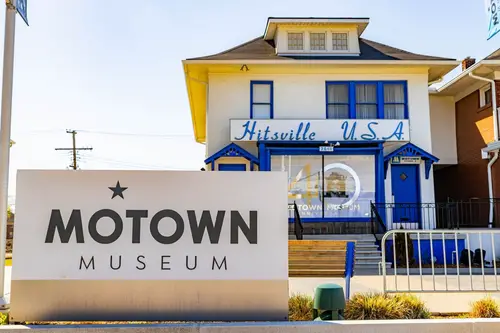
Detroit was once the proud “Motor City,” the industrial engine of America’s automotive boom. During the mid-20th century, it was buzzing with jobs at Ford, General Motors, and Chrysler. But as factories shuttered and jobs moved overseas, the city faced a rapid decline. Population loss and bankruptcy in 2013 marked how far Detroit had fallen from its heyday.
Even so, Detroit hasn’t completely disappeared. Neighborhoods still pulse with creativity, especially around art and music. But compared to its bustling 1950s self, the silence of abandoned factories is impossible to ignore. The city stands as a stark reminder of how quickly industrial giants can crumble.
2. Gary, Indiana

Gary was once synonymous with steel production, thanks to U.S. Steel’s massive operations there. In the mid-1900s, it drew thousands of workers and built a thriving middle class. But as steel jobs vanished, the population dropped by more than half. Today, Gary is filled with haunting reminders of its past, from shuttered schools to empty churches.
Walking through downtown Gary can feel like stepping into a ghost town. Entire blocks of houses sit abandoned, and businesses never reopened. Yet the spirit of the people who remain is still strong, with community-led efforts to reclaim spaces. It’s just a quieter, more fragile city than it once was.
3. Flint, Michigan
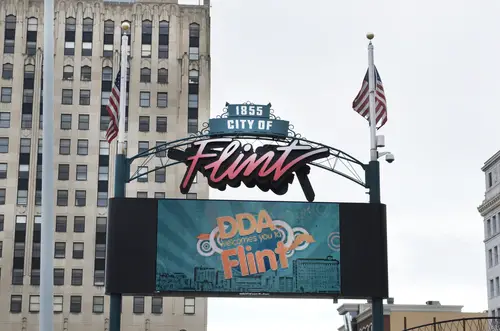
Flint roared to life in the early 20th century as a hub for General Motors. Auto jobs meant steady paychecks, and the city swelled with workers. But when those plants shut down, Flint spiraled into economic hardship. The water crisis that began in 2014 only deepened its struggles.
Today, Flint is still grappling with recovery. While grassroots organizations are fighting for change, the city’s once-booming economy hasn’t returned. Where car engines used to roar, silence often lingers in abandoned neighborhoods. Flint is a city still waiting to find its new rhythm.
4. Camden, New Jersey
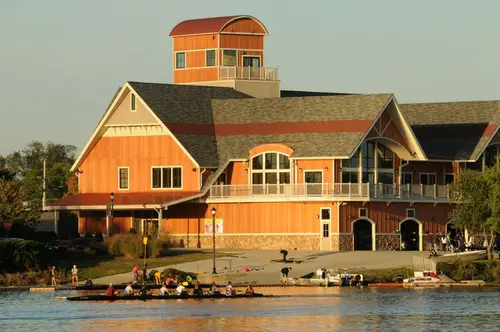
Camden was once a powerhouse of manufacturing, home to RCA Victor and Campbell Soup. It thrived in the first half of the 20th century with steady blue-collar jobs. But as factories moved away, the city was left with unemployment and poverty. By the late 20th century, Camden became one of the poorest cities in America.
Today, Camden has small sparks of redevelopment, like its waterfront area. Still, huge swaths of the city remain marked by disinvestment. Vacant lots and boarded-up buildings tell the story of its collapse. It’s a city where history whispers through the empty streets.
5. Youngstown, Ohio
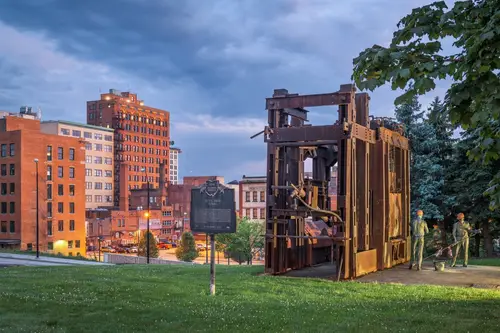
Youngstown once thrived on steel, with the Mahoning Valley roaring with foundries and mills. In the 1970s, it was a symbol of blue-collar pride and union jobs. Then, in 1977, “Black Monday” hit—thousands of layoffs in a single day as mills closed. The city’s population plummeted, and its economy never truly recovered.
Even now, reminders of steel’s collapse shape daily life. Entire neighborhoods are scarred by abandonment. Yet the city is working to reinvent itself with small businesses and cultural projects. Youngstown’s silence after the steel crash still echoes, even as new voices try to rise.
6. East St. Louis, Illinois
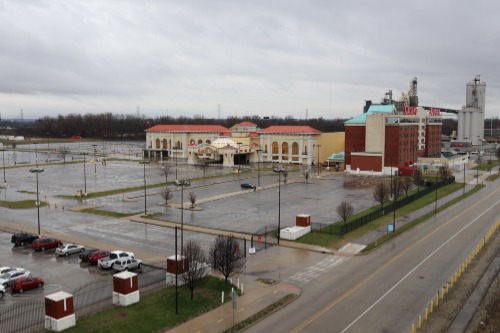
East St. Louis thrived in the early 1900s with industry, railroads, and shipping along the Mississippi. It had a lively downtown filled with theaters, shops, and hotels. But racial tensions, crime, and economic decline hit hard by the mid-20th century. Factories closed, tax revenue shrank, and the city fell into decay.
Today, East St. Louis struggles with poverty and disinvestment. Many buildings stand abandoned, reminders of better days. Yet locals push to restore their community through grassroots projects. The city’s silence tells of both loss and resilience.
7. Bethlehem, Pennsylvania
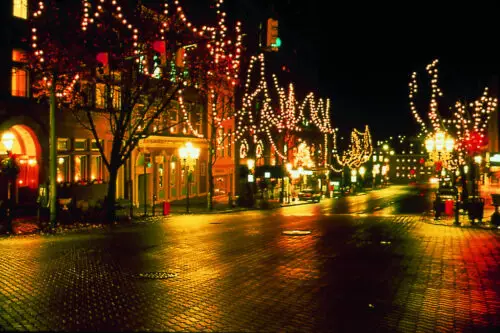
Bethlehem was home to Bethlehem Steel, once the second-largest steel producer in the U.S. The company powered much of the nation’s infrastructure, from bridges to skyscrapers. But when Bethlehem Steel declared bankruptcy in 2001, thousands lost their livelihoods. The massive steel plant closed, leaving behind an eerie industrial shell.
The site has since been partly revived as a casino and arts venue. Still, the loss of steel left a void in the community. Where the sound of molten metal once filled the air, quiet now lingers. Bethlehem is a city that had to reinvent itself out of silence.
8. Centralia, Pennsylvania
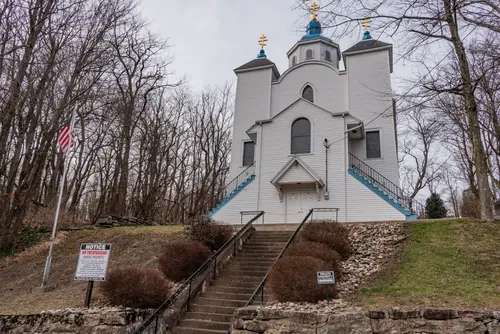
Centralia thrived as a coal-mining town in the 19th and early 20th centuries. Families filled its streets, and the mines provided steady work. But in 1962, an underground coal fire ignited beneath the town. The fire still burns today, making the land unstable and unsafe.
The government ordered evacuations, and most residents left. Today, only a handful of people remain in what is essentially a ghost town. Roads are cracked, and steam rises from the earth in strange places. Centralia went from lively to nearly silent in just a few decades.
9. Birmingham, Alabama
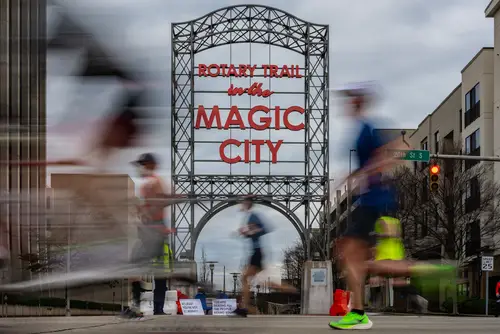
Birmingham was once called the “Pittsburgh of the South” for its booming steel industry. Factories and furnaces fueled a strong local economy in the mid-20th century. But global competition and deindustrialization hit hard, leaving many mills closed. The decline was steep, and Birmingham never regained its industrial glory.
In recent years, the city has tried to pivot toward healthcare and education. Downtown has small signs of revival, but many neighborhoods are still struggling. The silence of old furnaces now defines much of the landscape. Birmingham’s story is one of reinvention from industrial collapse.
10. Buffalo, New York
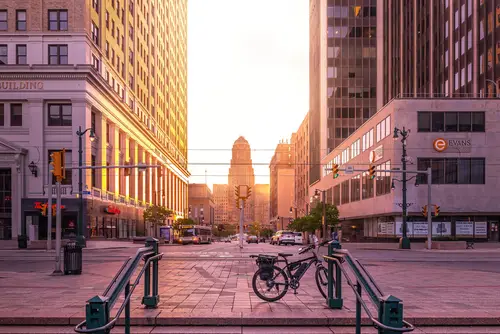
Buffalo thrived during the Erie Canal era, serving as a critical shipping hub. In the early 20th century, it boasted booming industries and a growing population. But as shipping shifted and factories closed, jobs dried up. By the 1970s, Buffalo had lost its momentum.
Today, parts of Buffalo are seeing revitalization, especially along the waterfront. Yet large sections of the city remain marked by decline. The silence of shuttered factories still looms over its neighborhoods. Buffalo shows how quickly economic tides can turn.
11. Galveston, Texas
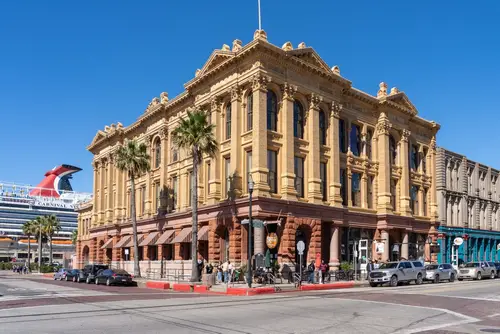
Galveston was once the richest city in Texas, a bustling port in the 1800s. Its economy thrived on shipping and trade, and its downtown was vibrant. But the devastating hurricane of 1900 nearly wiped the city off the map. Many businesses and residents relocated to nearby Houston, which quickly eclipsed Galveston.
Though today it’s a tourist destination, it never regained its former dominance. The silence of its once-bustling port is still felt in comparison to Houston’s boom. Galveston is a city shaped by both natural disaster and economic shift. Its story shows how fragile prosperity can be.
12. Cairo, Illinois
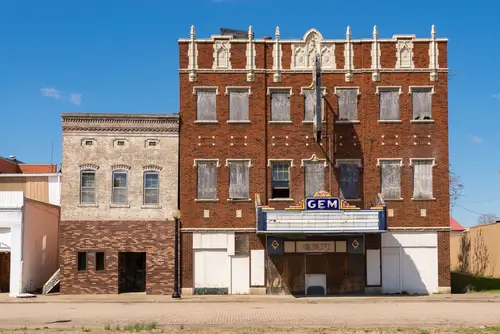
Cairo was once a vital river town at the confluence of the Mississippi and Ohio rivers. Steamboats and railroads made it a key transportation hub. But by the mid-20th century, industry declined, and racial tensions tore at the community. Businesses shuttered, and residents left in droves.
Today, Cairo is a near-ghost town. Empty storefronts line its streets, and whole neighborhoods have vanished. A city once bustling with trade now feels eerily still. Cairo stands as one of the most dramatic examples of urban silence in America.
13. Atlantic City, New Jersey
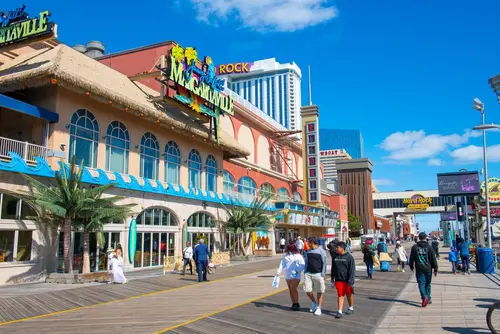
Atlantic City thrived in the early and mid-20th century as a glamorous seaside resort. Casinos and boardwalk attractions brought millions of visitors. But competition from other states and economic downturns weakened its grip on tourism. Several casinos shut their doors in the 2010s, leaving thousands jobless.
The boardwalk is still active, but much of the city feels quiet compared to its heyday. Entire casino towers stand empty, symbols of excess gone wrong. Atlantic City now struggles to reinvent itself for a new era. The silence there is the absence of what once felt unstoppable.
14. Pullman, Illinois
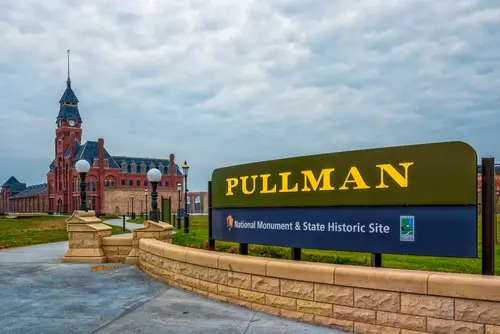
Pullman was once a thriving company town built around the Pullman Palace Car Company. Workers lived in neat houses, and the town was a model of industrial America. But when railcar demand dwindled, so did Pullman’s fortunes. The company closed its doors, leaving the community struggling.
Today, Pullman is a historic district of Chicago, but its industrial roots are long gone. The old factory buildings now serve as reminders of another era. Where workers once bustled in and out, quiet now reigns. Pullman is a place where history feels frozen in time.
15. Johnstown, Pennsylvania
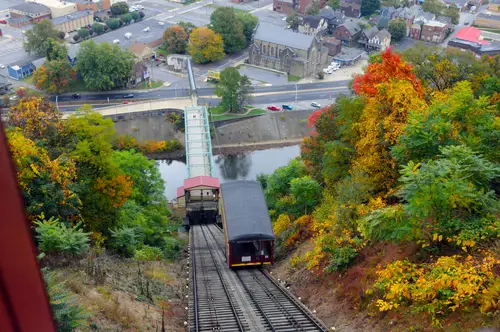
Johnstown rose with the steel industry and was once a proud industrial hub. It survived multiple devastating floods, including the infamous 1889 disaster. But by the late 20th century, the steel collapse gutted its economy. Factories closed, and thousands of residents left in search of work.
Today, Johnstown is much smaller and quieter than it once was. The city still carries scars from both natural and economic disasters. Downtown has hints of renewal, but the silence of old mills is unmistakable. Johnstown is a reminder of resilience in the face of repeated loss.
This post 15 Cities That Thrived Then Suddenly Went Silent was first published on American Charm.


